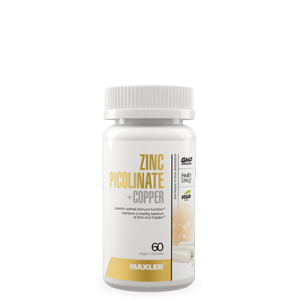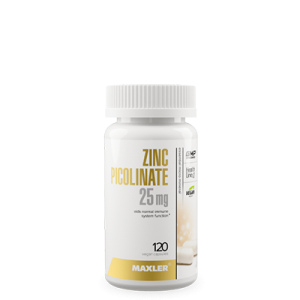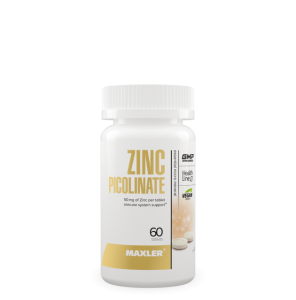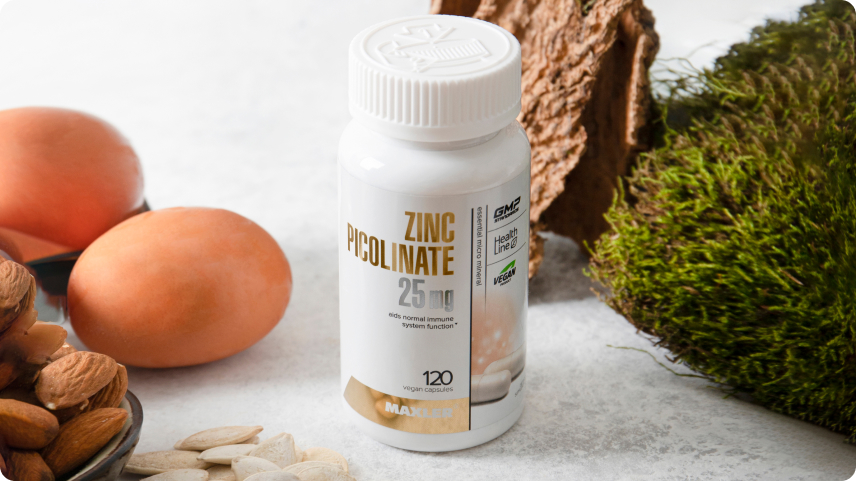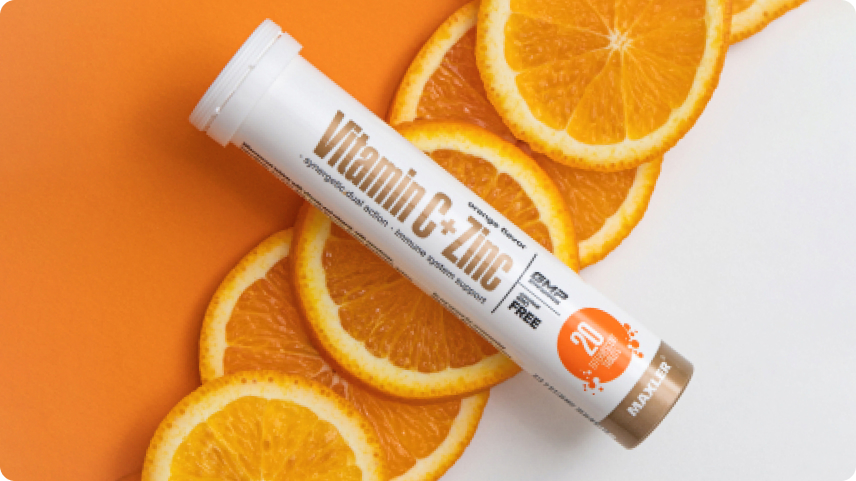Zinc is a crucial mineral that’s important for many body processes. It’s present in more than 2,500 proteins in the body, and 100 enzymes depend on it to work! However, few people know what foods they can eat to get all the benefits of zinc and ensure you get enough of the nutrient. Fewer know about zinc bioavailability and what affects how much zinc we can absorb from foods. We’ve written this guide to help you understand why zinc is so important and where to get it from.
Let’s recap what zinc is and why it’s essential. Zinc is a key mineral and a trace element the body needs in small amounts. However, it’s a vital mineral as it participates in crucial cell processes. Zinc is essential for:
- Our immune system function. Zinc supports our immune cells in carrying out their role. It can help strengthen our defences and promote recovery after illness.
- Our growth and development. Zinc helps us make new proteins and helps our cells divide. It is, therefore, essential for growing organisms, especially children, teens and those who are pregnant.
- Our cognition. Zinc helps transmit messages in the brain, which is crucial for overall cognitive function, learning, and memory.
- Our reproduction. Zinc is needed to make sure everything is okay with our reproductive systems, no matter your sex.
- Our metabolism. We’re constantly breaking and making things in our bodies. We’re releasing energy from food and absorbing nutrients. Zinc is a key part of these processes.
- Our skin. Everyone wants glowing, smooth and beautiful skin. Zinc supports the health of this important organ, helping lower inflammation. It also has anti-microbial properties that can benefit skin conditions like acne or dermatitis.
Zinc is, therefore, a key mineral, and we need to ensure we get enough of it. But what are the recommended amounts of zinc?
The Recommended Dietary Allowance of zinc is 8 mg a day for adult women and 11 mg a day for adult men. The Upper Tolerable Level of this mineral is around 40 mg of zinc a day. Luckily, deficiency of zinc is not very common, as in general people in the United States get around 9-14 mg of zinc a day.
However, many people may not be getting enough of the mineral. Alternatively, you may want to increase your intake of it for specific purposes, like boosting your immune system. In this case, you may want to know foods that are high in zinc.
What are the best sources of zinc?
The best sources of zinc will typically be whole foods. That’s because, alongside zinc, they’ll also contain other fundamental nutrients that are beneficial for health. Therefore, it’s best to meet your daily nutrient requirements through food.
Zinc is also available as a supplement. You can easily get zinc supplements. For the best zinc supplements, ensure you’re getting high-quality and, ideally, third-party tested supplements. In addition, ensure that they fit your preferences and requirements and that you can easily integrate them into your routine.
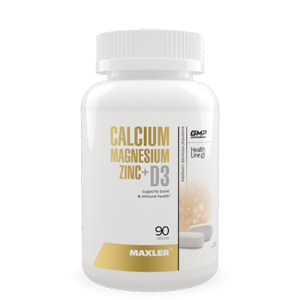
Calcium Magnesium Zinc+D3
Maxler offers a range of zinc supplements to help you meet your goals.
Our vegan zinc picolinate is a highly bioavailable zinc formula in convenient tab form. It works great if your main goal is to increase your zinc intake.
Alternatively, you may want multiple nutrients together if you’re looking for a more holistic approach. Calcium, magnesium, zinc, and D3 are great choices for a mineral complex to support your musculoskeletal and cardiovascular systems. Zinc picolinate and copper are great options for those wanting to support their copper intake as well. Or try any of our multivitamins to help you meet your daily doses of all the key micronutrients!
Beef, Pork and Poultry
Meat lovers – rejoice! Animal proteins like beef, pork, and poultry are all great sources of zinc.
A hundred grams of beef flank steak provides 5.6 mg of zinc, which is around half of the general daily requirement for the mineral. A hundred grams of lean, 10% fat mince offers just over 4 mg of the mineral. Beef is, therefore, an excellent zinc source.
A hundred grams of raw pork tenderloin contains almost 2 mg of zinc. The same amount of raw ground pork offers 2.2 mg of zinc.
Chicken contains less zinc than pork and beef. A hundred grams of chicken breast offers just 0.65 mg of zinc. Thighs contain more zinc, with a hundred-gram portion providing around 1.4 mg. On the other hand, a hundred grams of raw ground turkey with 7% fat offers almost 3 mg of zinc.
In general, protein positively affects zinc absorption. The amino acids from meats or other protein sources help keep zinc in solution and increase its uptake by the body. Therefore, protein-rich foods with zinc are a great way to help your body absorb this mineral. However, remember to choose healthier protein cuts if you’re eating meat. Go for lower-fat options and limit your intake of processed meats that are high in salt or fats.
Learn more about the benefits of protein and why it’s essential in this post.
What about meat alternatives, you may ask? There, it’s best to consult the packaging. However, it appears that some meat substitutes may be an okay source of zinc. However, watch out for these foods’ high salt and fat content and ensure that they’re not your primary source of the mineral.
An older study suggests that you may get better zinc absorption from eating meat sources separate from carbohydrates. When comparing zinc absorption from a beef patty or beef patty with bread and potato, the meat and carb pair decreased absorption by up to 10%.
Fish and Shellfish
Fish and seafood can be a great way to help you meet your zinc intake. Alongside containing the mineral, they are a good source of omega-3 fatty acids, protein and other nutrients like calcium and selenium.
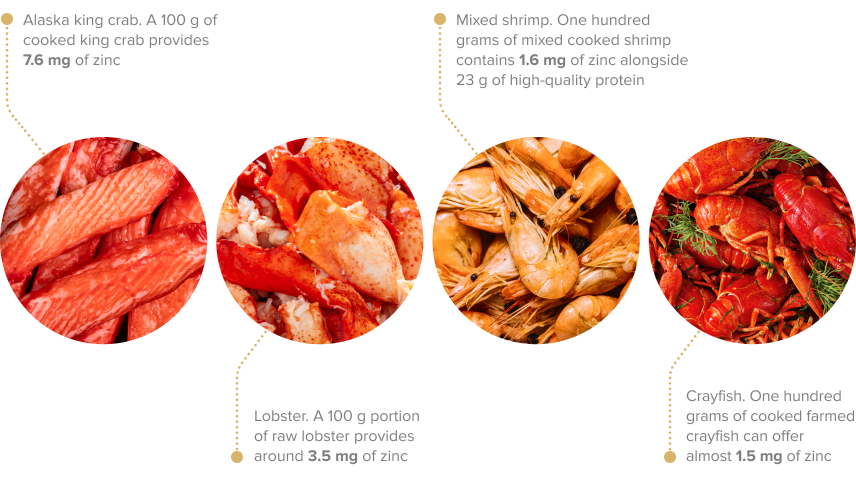
The kings of zinc content in the shellfish world are oysters. An ounce of raw oysters without shell, about 28 grams, provides 11 mg of zinc. That’s 100% of the daily requirement for men!
Other great shellfish options include:
- Alaska king crab. A 100-grams of cooked king crab provides 7.6 mg of zinc, which is almost the daily zinc requirement for women.
- Mixed shrimp. One hundred grams of mixed cooked shrimp contains 1.6 mg of zinc alongside 23 grams of high-quality protein.
- Lobster. A 100-gram portion of raw lobster provides around 3.5 mg of zinc.
- Crayfish. One hundred grams of cooked farmed crayfish can offer almost 1.5 milligrams of zinc.
Fish can also be a food high in zinc. Mackerel, herring, and sardines are great options, rich in zinc, iron, and vitamin B12. Some other commonly available fish that have plenty of zinc include:
- Anchovies. One hundred grams of raw anchovies provide around 1.72 mg of zinc.
- Salmon. A 100-gram serving of raw farmed salmon has 0.34 mg of zinc.
If you’re into smoked or pickled fish, raw, smoked, and pickled eel and smoked vendace are high in zinc.
Nuts and Seeds
Nuts and seeds can be a great way to increase your intake of foods high in zinc. They are often convenient to include in your routine. Nuts and seeds are also great sources of other good nutrients, including fats and other minerals.
Cashews are an excellent option for your zinc intake. A 50-gram serving contains 3 mg of the mineral. Hemp seeds are also rich in zinc, with three tablespoons providing 3 mg of zinc. An ounce of pumpkin seeds offers 2.2 mg of the mineral, making it another great choice.
For our top 10 healthiest nuts, check out this post.
Eggs
Eggs are another food rich in zinc. Alongside their zinc content, they’re a great source of protein and other fundamental vitamins and minerals. They’re also rich in choline, which is beneficial for brain health. One large egg provides 0.65 mg of zinc, so you’ll get around 1.3 milligrams of the mineral if you eat two eggs.
Eggs are a super easy food to incorporate into your diet. They can make up breakfast, lunch, or dinner or be eaten on their own as a snack.
Whole grains
Some whole grains, such as wheat, rice, oats, or quinoa, also contain zinc. However, there is a small caveat with these foods. They are often rich in phytate, a plant compound that binds to zinc, lowering its bioavailability. To help increase the zinc content of these foods, ideally soak, germinate, ferment, mill, or cook them to decrease the phytate content.
Dark chocolate
There’s one great option for those trying to eat healthy but still craving that little treat after dinner or during the day: dark chocolate. One ounce of dark chocolate, containing 70-85% cacao solids, which is around 28 grams, provides just under 1 mg of zinc.
Dark chocolate can be considered a functional food. It is a great source of bioactive compounds like polyphenols, theobromines, vitamins, minerals, and flavonoids. When used in appropriate quantities, it may also benefit our immune system and support heart and brain health. Therefore, it’s a good idea to include a little bit of dark chocolate in your routine.
It’s important to note that these beneficial compounds are usually found in dark chocolate rather than milk or white chocolate. For example, the polyphenol and flavonoid content of dark chocolate is up to five times higher than that of milk and white chocolate. Milk and white chocolate also contain more fats and sugars, making them a less healthy choice.
Dairy
Dairy foods such as milk, yoghurt and cheese can also be excellent sources of zinc. Cow milk offers around 3-4 mg of zinc per liter, most of which is bound to casein protein in the milk. Adding dairy products to cereals rich in zinc can help increase zinc availability in these foods.
What fruits and vegetables are high in zinc?
Some fruits and vegetables can be good sources of zinc as well. Legumes are typically high in zinc but tend to be high in phytate as well. For example, chickpeas and kidney beans are good sources of zinc. Dried apricots, curly kale, mushrooms, figs, dates, and raisins are also wonderful sources of zinc, especially if you follow a vegan diet.
Zinc is a crucial nutrient for our health. It supports our ability to fight infections, our metabolism and even how our skin looks. It’s therefore essential to include plenty of foods rich in zinc in your diet. Include foods like meats, shellfish, legumes, whole grains and dairy products in your routine to help you meet your zinc intake requirements.


